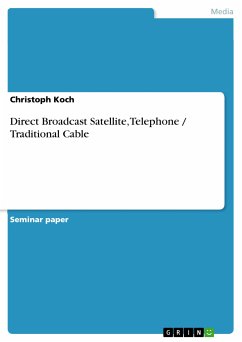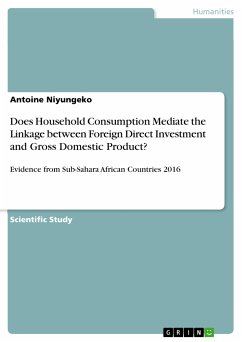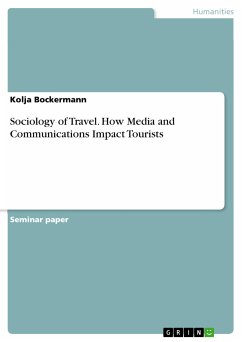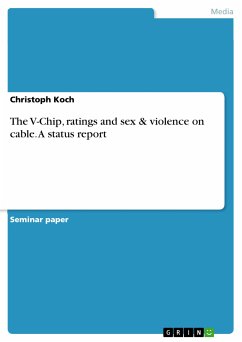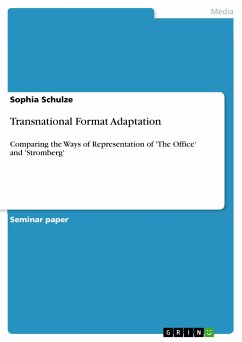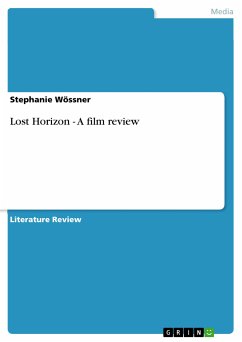Seminar paper from the year 1999 in the subject Communications - Movies and Television, grade: 2+ (B+), Ohio University (School of Telecommunication), course: Cable Communications, language: English, abstract: It was only a very small report on the front page of last Thursday’s issue of USA Today, but it indicated a tremendous change not only for America’s telecommunications market, but also for its society as a whole. In a small box between headlines about the crisis in Kosovo the interested reader could find out that AT&T had announced to purchase cable giant MediaOne and that software producer Microsoft was about to invest $5 billion in AT&T shares. This huge move won’t let the video distribution market unchanged and many experts believe that this merger has triggered a lot of new developments in all kinds of fields. This paper deals with the competition between traditional wired cable (as we know it since the beginnings of television) on the one hand – and newer services like direct broadcast satellites (DBS) and video and data distribution via telephone lines. While the first part will mainly cover the latest developments in the telephony business (focusing on the breathtaking AT&T deal), the second part will compare the benefits of cable and DBS in detail. It lies in the nature of the subject that the playing field can change in a couple of weeks (if not even in a couple of hours). Therefor it is very important to rely on up-to-date information and literature. Especially literature from before the 1996 Telecommunications Act, which allowed cross-ownership between cable and telephony and the like, can’t be considered too useful and was used only to get a historic idea of the subject matter. In doing research in this field one also has to be especially careful not to rely on sources that are heavily influenced by either the cable or the DBS lobby. Both groups naturally try to present the facts in a light that makes them look better and emphasizes the advantages of their particular system over the ones of the competition.
Bitte wählen Sie Ihr Anliegen aus.
Rechnungen
Retourenschein anfordern
Bestellstatus
Storno

